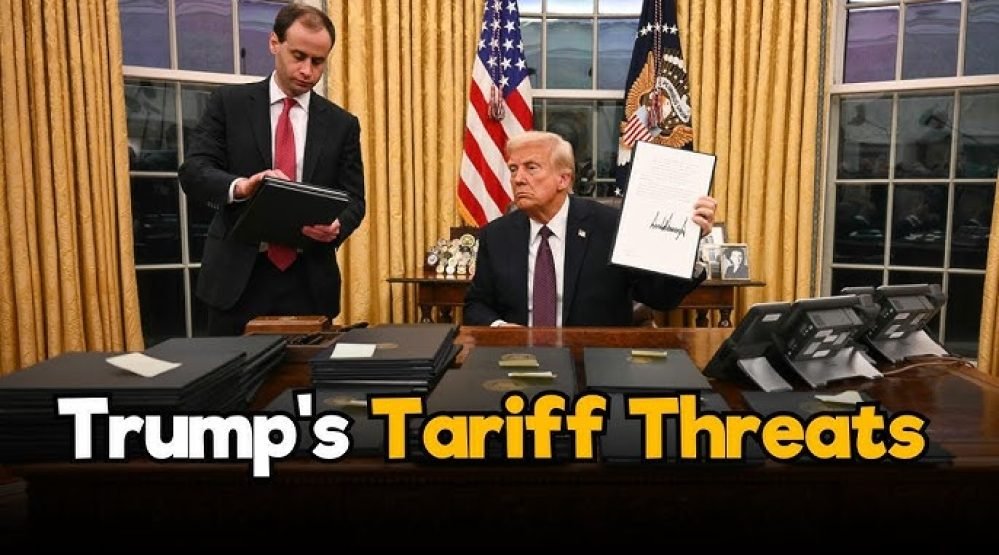Former U.S. President Donald Trump’s aggressive tariff strategies were not merely about negotiating trade agreements but were a broader effort to enhance American economic and geopolitical standing, according to experts. His approach, which often included imposing high tariffs on imports from key trade partners, was aimed at securing long-term advantages for U.S. businesses and workers.
Economic analysts argue that while tariffs were initially introduced as leverage in trade negotiations, they ultimately served a larger purpose—rebalancing trade relations and reducing dependency on foreign manufacturing. “Trump’s tariffs weren’t just about getting a better deal on paper; they were about strengthening domestic industries and asserting economic dominance,” said Robert Hayes, an international trade expert.
One of the most significant tariff disputes was with China, resulting in a series of retaliatory measures from both nations. Supporters of Trump’s policies claim that the tariffs helped bring manufacturing jobs back to the U.S. and reduced the trade deficit. Critics, however, argue that the measures led to increased costs for American consumers and businesses, causing economic strain.
Beyond China, Trump’s administration also targeted European and North American allies, arguing that longstanding trade practices had placed the U.S. at a disadvantage. Tariffs on steel and aluminum, for instance, were justified on national security grounds, reflecting a shift in strategy where economic policies were closely tied to broader U.S. security interests.
Despite mixed opinions on the effectiveness of these tariffs, many analysts agree that Trump’s strategy reshaped global trade dynamics. “Even after his presidency, the impact of these policies continues to influence trade discussions, with many of his measures still in place or being reconsidered by subsequent administrations,” Hayes noted.
As the global economy evolves, the debate over tariffs as a tool for economic advancement remains active. Whether future leaders will adopt similar strategies or take a different approach remains to be seen, but Trump’s use of tariffs has undeniably left a lasting mark on U.S. trade policy.







